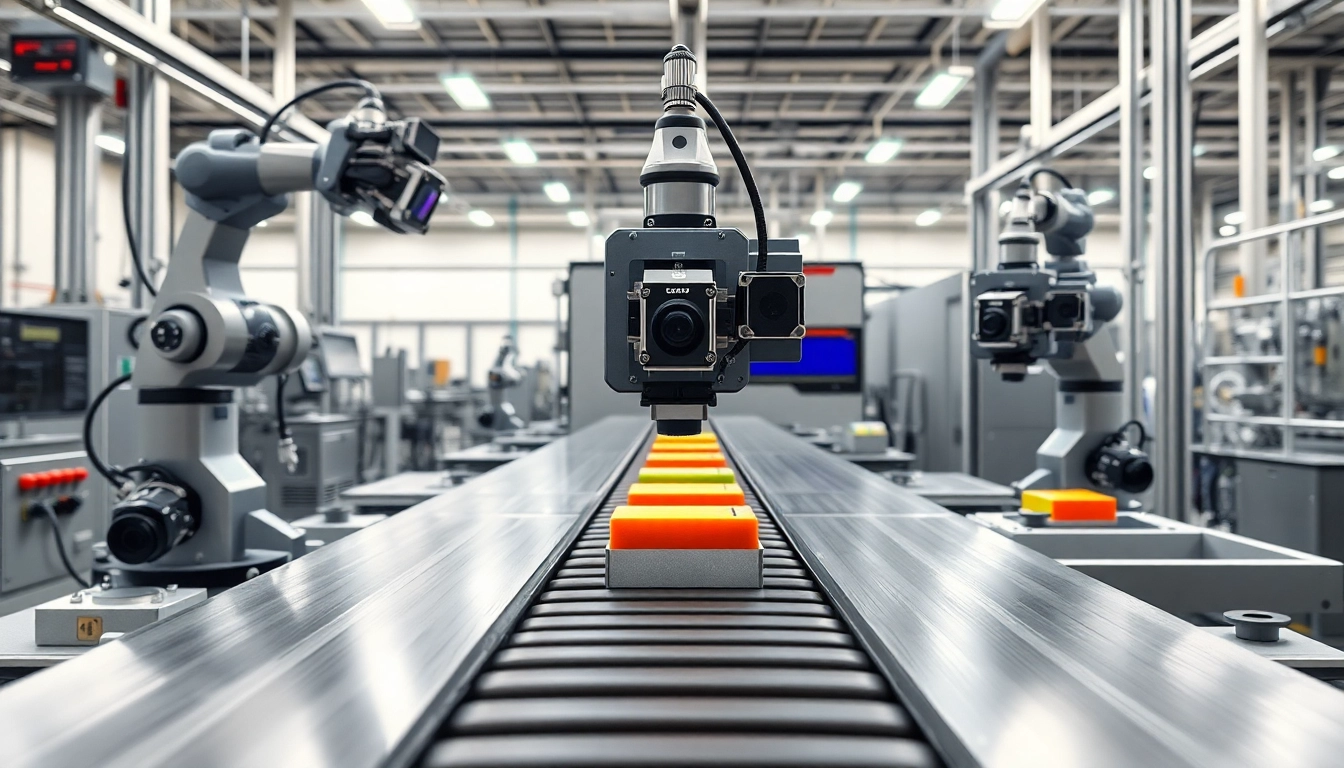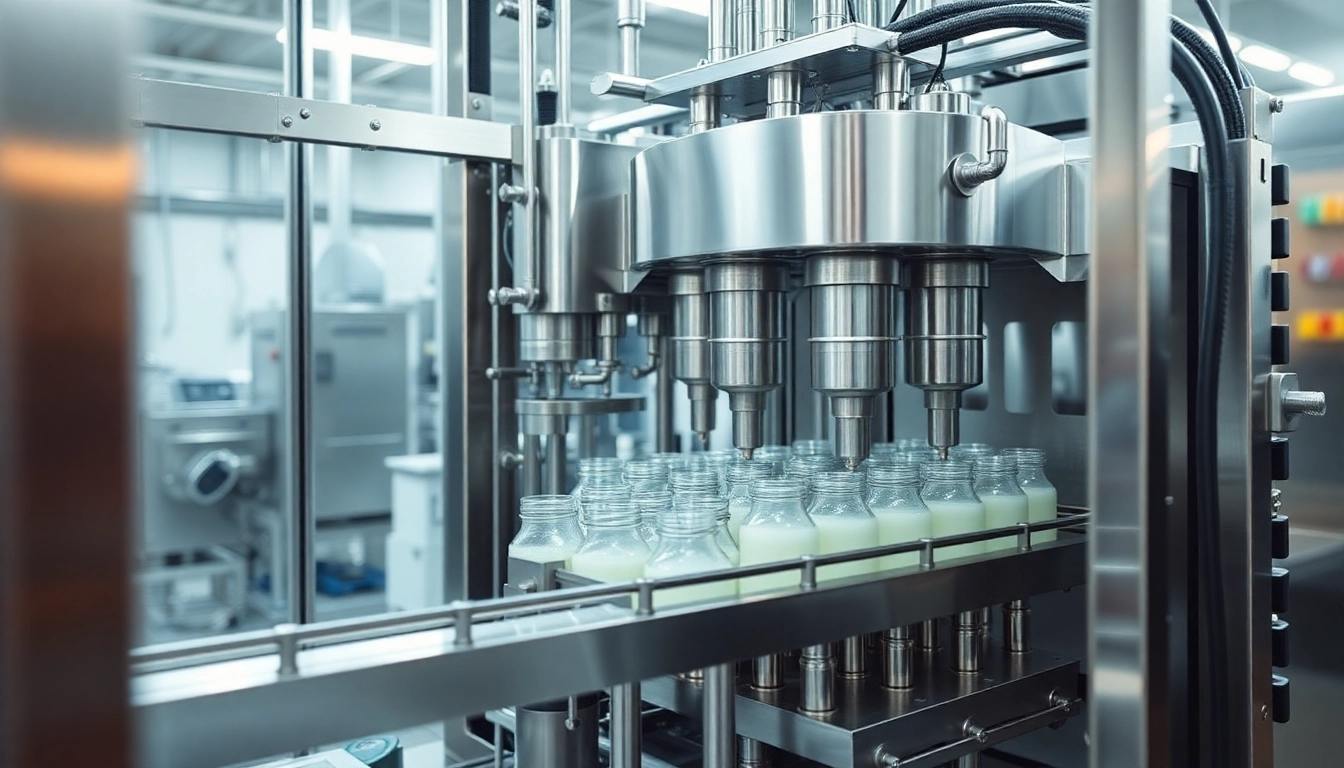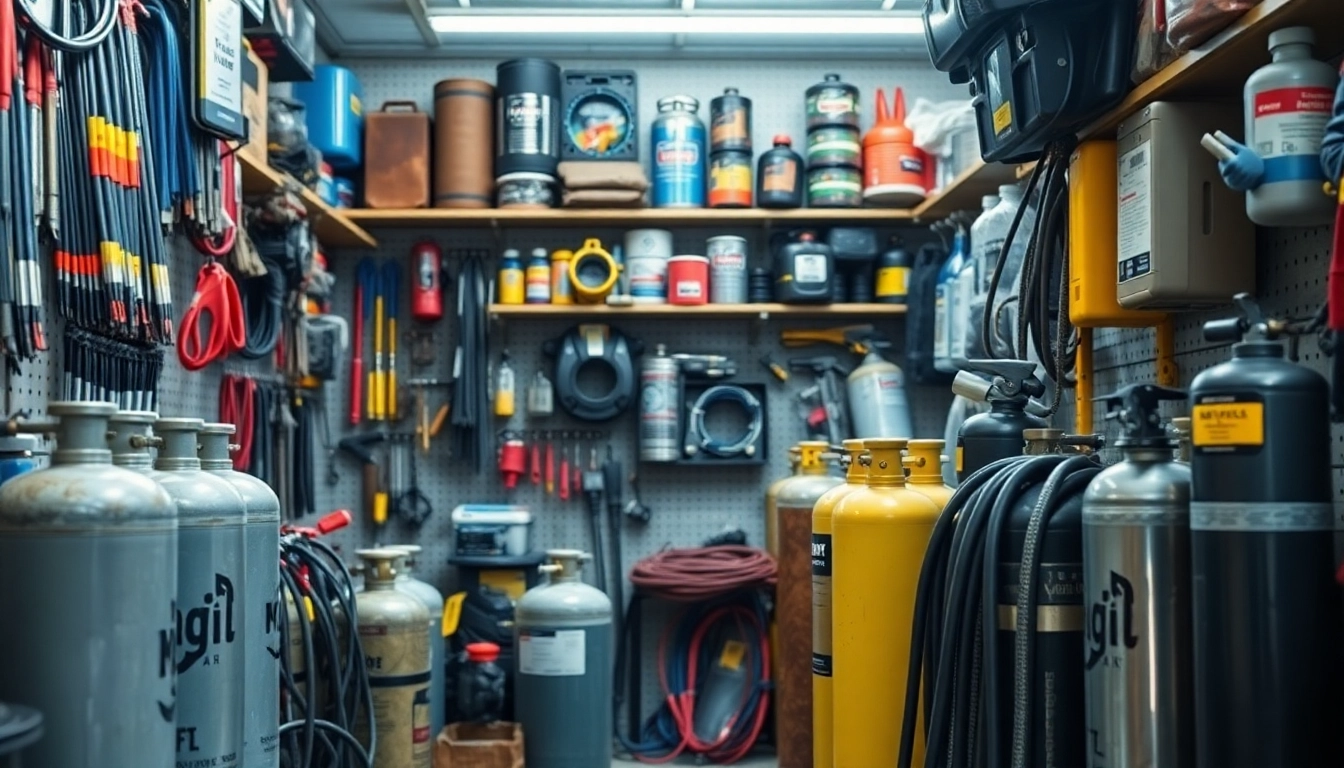What is Machine Vision?
Machine vision refers to the technology and methods used to provide imaging-based automatic inspection and analysis. In essence, it equips machines with the capability to “see” by using cameras, sensors, and advanced software to interpret visual information. The application of machine vision spans a multitude of industries and functions, from quality assurance in manufacturing to automation in logistics.
Defining Machine Vision Technology
Machine vision is a subset of computer vision that focuses specifically on industrial applications. It involves capturing images or video of objects, processing these images, and making decisions based on the data extracted. This technology relies on various components, including cameras (digital or analog), optics, lighting, and specialized software for analysis and interpretation of visual data.
Key Components of Machine Vision Systems
To understand how machine vision works, it’s essential to break down its key components:
- Cameras: The primary devices for capturing images or video. They can be monochromatic or color, depending on the application.
- Lighting: Crucial for improving image clarity, various types of lighting (e.g., LEDs, lasers) help enhance features of the objects being analyzed.
- Software: This is the critical processing engine that interprets the captured images. It utilizes algorithms to detect, recognize, and classify features within the images.
- Computers: The hardware that runs the software and processes the data captured by the cameras.
- Networking: Often, machine vision systems are integrated into existing networks to relay information and results to other systems.
The Role of Machine Vision in Industry
Machine vision plays a pivotal role across various industries, enhancing productivity, ensuring quality, and reducing human error. In manufacturing, it is used for inspection tasks such as detecting defects, verifying assembly, and counting products. In logistics, machine vision aids in tracking items throughout the supply chain, ensuring accurate inventory management and reducing loss through theft or errors.
Applications of Machine Vision
Quality Control and Inspection
Quality control is one of the most impactful applications of machine vision. Automated systems can inspect thousands of items per hour, identifying defects and deviations far more accurately than human inspectors. For instance, companies like Cognex utilize machine vision to detect flaws in products like bottles or electronic components. The ability to maintain a consistent quality standard greatly impacts customer satisfaction and hinges on effective deployment of machine vision technologies.
Automated Assembly and Guidance
Machine vision systems also play a significant role in automated assembly lines. Using cameras and sophisticated software, these systems can guide robotic arms to precisely assemble components. For example, in automotive manufacturing, machine vision can help position parts accurately, ensuring that vehicles are assembled correctly and efficiently. This not only boosts productivity but also minimizes the likelihood of costly errors.
Data Collection and Analysis
Beyond quality control and assembly, machine vision systems are invaluable for data collection and analysis. They help gather extensive information about production processes that can be used for further improvement and innovation. By analyzing visual data, organizations can identify trends, optimize workflows, and predict maintenance needs before failures occur. This data-driven approach can result in reduced downtime and increased operational efficiency.
Machine Vision vs. Computer Vision
Understanding the Differences
While machine vision and computer vision share similarities, they are distinctly different fields. Machine vision is typically focused on specific industrial applications, emphasizing automated inspection and analysis of products in real-time. In contrast, computer vision encompasses a broader range of technologies and applications, including facial recognition and object tracking in diverse environments such as autonomous vehicles. Ultimately, machine vision provides the ‘eyes’ for machines in industrial settings, while computer vision serves as a more generalized framework for visual processing.
Use Cases for Both Technologies
Machine vision is extensively used in environments where automation, speed, and accuracy are essential. Common use cases include:
- Defect Detection: Identifying flaws in components during manufacturing.
- Barcode Scanning: Ensuring accurate reading of barcodes in inventory management.
- Sorting and Classifying: Categorizing products based on size, shape, or quality.
Computer vision, on the other hand, is widely employed in more complex environments, such as autonomous vehicles that navigate based on visual inputs. Applications include facial recognition for security systems, analyzing customer behavior in retail settings, and even monitoring wildlife through drone footage.
Complementary Roles in Automation
Both machine vision and computer vision contribute to enhancing efficiency and productivity in modern industries. Machine vision performs specific, well-defined tasks that include inspecting and sorting products, while computer vision can analyze complex scenarios and interactions in dynamic environments. Together, they create powerful automation solutions that push the boundaries of what’s possible in industry 4.0. By leveraging both technologies, manufacturers and businesses can streamline operations and innovate continuously.
Implementing Machine Vision Systems
Choosing the Right System for Your Needs
When implementing a machine vision system, appropriately choosing the hardware and software components is crucial. Key considerations include:
- Application Requirements: Understand what tasks the machine vision system needs to perform, such as inspection, measurement, or guidance.
- Environment: Consider the working conditions, including lighting, temperature, and potential interference, when selecting equipment.
- Budget: Evaluate project costs, balancing between investment and the expected return on investment (ROI).
Evaluating vendors and products can also play a significant role in ensuring the selected system aligns with organizational goals. Case studies from organizations successfully utilizing machine vision can provide critical insights during this decision-making process.
Installation and Calibration Best Practices
Once a machine vision system is selected, proper installation and calibration are paramount. Best practices include:
- Planning Layout: Design the layout considering the workflow and how the machine vision system will interact with other machines.
- Calibration: Regularly calibrate cameras and lighting to ensure consistent performance and accuracy.
- Testing: Conduct thorough testing of the system prior to full-scale production to identify any potential issues and ensure reliability.
Collaborative input from engineers, production staff, and machine vision experts can greatly enhance this process, resulting in fewer disruptions during implementation.
Monitoring and Maintenance Strategies
Regular monitoring and maintenance are crucial for the long-term success of a machine vision system. Best practices encompass:
- Scheduling Regular Maintenance: Like any machinery, machine vision systems require periodic check-ups to ensure optimal performance.
- Software Updates: Keep the software regularly updated to incorporate new features, enhanced algorithms, and security protocols.
- Performance Metrics: Continuously track performance metrics, such as defect detection rates and system downtime, to determine if adjustments or upgrades are necessary.
Building a culture of maintenance and continuous improvement can help organizations maximize their investments in machine vision technology.
Future Trends in Machine Vision
Integrating AI with Machine Vision
Artificial intelligence (AI) is set to play a transformative role in the evolution of machine vision technologies. By integrating machine learning algorithms, systems can become more adept at learning from data and improving their decision-making capabilities over time. This integration allows for:
- Enhanced Accuracy: AI can significantly improve the accuracy of defect detection by analyzing vast data sets to recognize patterns that traditional methods may overlook.
- Predictive Maintenance: Machine vision combined with AI can anticipate wear and tear by analyzing trends, prompting preemptive action to prevent breakdowns.
Advancements in Hardware and Software
The hardware and software used in machine vision systems are rapidly evolving, paving the way for enhanced capabilities and performance. Innovations include:
- Imaging Technology: Continuous improvements in sensor technology result in higher resolution images and improved low-light performance.
- Edge Computing: Utilizing edge devices reduces latency by processing data closer to the source, enabling faster reactions to visual input.
These advancements not only improve operational efficiency but also facilitate more sophisticated applications across industries.
Impact on Manufacturing and Logistics
As machine vision technology continues to advance, its impact on manufacturing and logistics will expand. Trends will likely include:
- Customization: The ability to implement machine vision in customizable solutions tailored to specific industrial needs will be a game-changer.
- Integration with IoT: Greater integration with the Internet of Things (IoT) will enable real-time monitoring and optimization of production lines and supply chains.
This convergence of technologies promises to revolutionize how industries approach automation, quality control, and data management, driving forward an era of unprecedented efficiency and accuracy.



